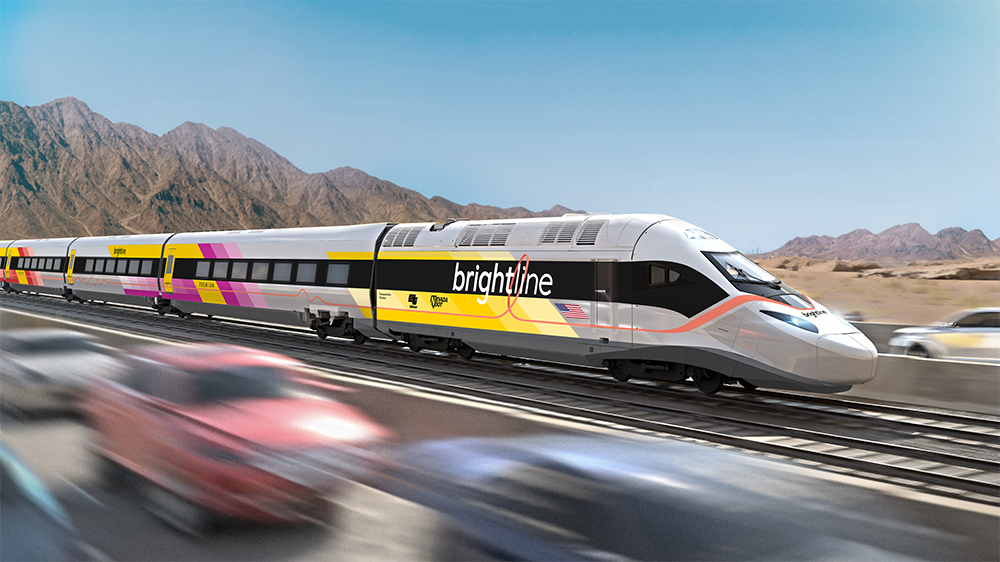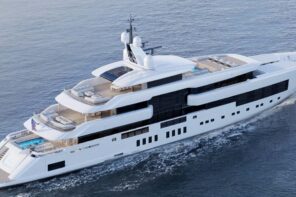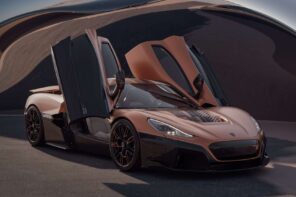The dream of a high-speed rail connecting Los Angeles and Las Vegas has been around for years, but it could soon become a reality with the introduction of a new electric bullet train. This cutting-edge train promises to transport passengers between these two cities in just two hours, a journey that currently takes up to four hours by car.
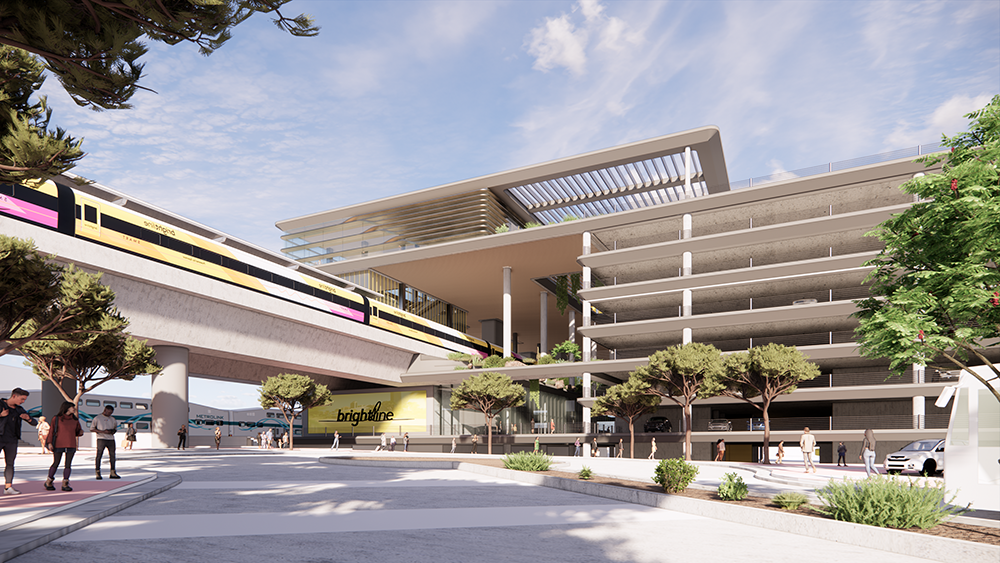
Brightline
The electric bullet train is being developed by Virgin Trains USA, a private company that specializes in developing high-speed rail projects. The project is expected to cost around $4.8 billion, but it has already received significant investment from a variety of sources, including private investors and the government.
One of the key features of the electric bullet train is its top speed of 200 mph, which is made possible by its advanced technology and streamlined design. This means that passengers will be able to travel the 269 miles between Los Angeles and Las Vegas in just two hours, significantly reducing travel times and making it an attractive option for both tourists and commuters.
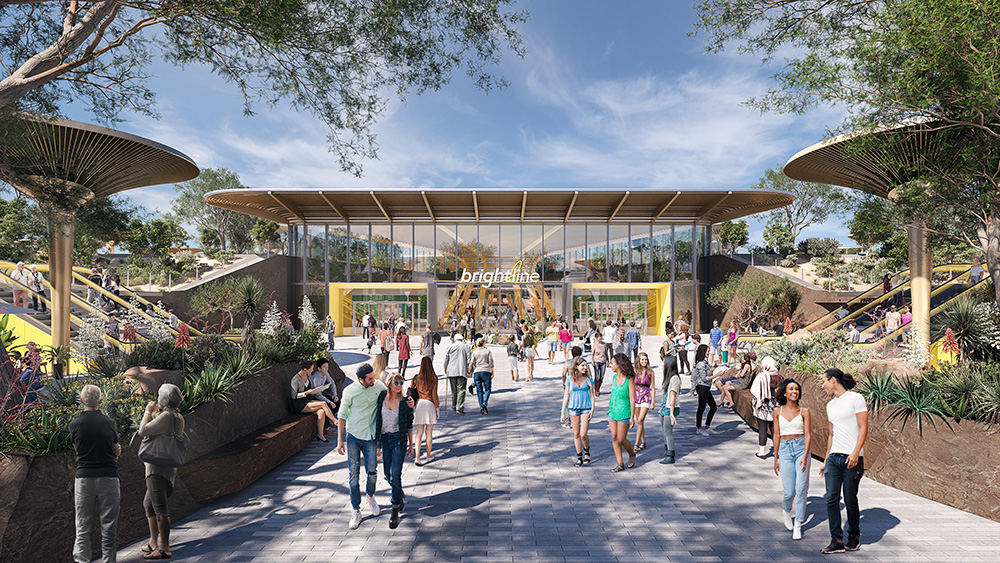
Grimshaw Architects
In addition to its speed, the electric bullet train will also offer a range of amenities and features to enhance the passenger experience. For example, it will have spacious and comfortable seating, free Wi-Fi, and on-board entertainment options. There will also be a range of food and drink options available, as well as dedicated spaces for working or relaxing.
The electric bullet train will also be environmentally friendly, as it will be powered by electricity rather than fossil fuels. This means that it will produce significantly less carbon emissions than traditional modes of transportation, making it a more sustainable option for those who are concerned about their environmental impact.

Grimshaw Architects
Introduction of the electric bullet train between Los Angeles and Las Vegas is an exciting development that has the potential to transform travel in the region. With its speed, comfort, and sustainability, it promises to be a popular and attractive option for anyone looking to travel between these two cities. While the project is still in development, it is expected to be operational within the next few years, so it won’t be long before passengers can experience the benefits of this cutting-edge technology for themselves.

